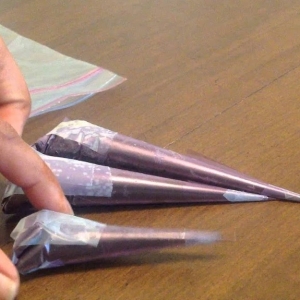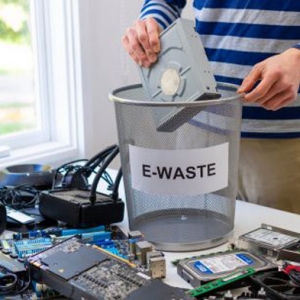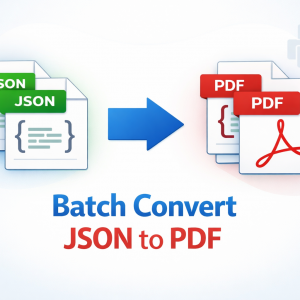Sterilization stands as a cornerstone in healthcare, safeguarding patients and professionals by thwarting the spread of infections. Among the array of sterilization methods, autoclaving shines as a widely embraced technology, thanks to its proven efficacy in eradicating bacteria. In this discourse, we embark on a journey through the realm of autoclave sterilization, deciphering its process intricacies, extolling its virtues, and unraveling the pivotal considerations for optimal outcomes.

Decoding the Autoclave Sterilization Process
Autoclave sterilization entails subjecting instruments, equipment, and supplies to high-pressure steam at temperatures surpassing the boiling point. This formidable mix of heat and moisture creates an environment hostile to microorganisms, effectively neutralizing bacteria, viruses, fungi, and spores. This method finds its niche in sterilizing heat-resistant medical apparatus like surgical tools, dental gear, and laboratory glassware.
The sterilization cycle typically commences with pre-vacuuming, eliminating air to enhance steam penetration. Subsequently, the autoclave elevates the temperature to the requisite range, typically between 121 and 134 degrees Celsius (250 and 273 degrees Fahrenheit), while maintaining pressure between 15 and 30 pounds per square inch (psi). The duration of exposure varies based on instrument type, load size, and sterilization goals. Upon cycle completion, the autoclave gradually depressurizes, allowing instruments to cool before safe retrieval.
Embracing the Advantages of Autoclave Sterilization
Autoclave sterilization emerges as a champion in destroying an array of microorganisms, including notoriously resilient bacterial spores. By harnessing the trifecta of heat, pressure, and steam, even the hardiest pathogens meet their demise, mitigating the risk of healthcare-associated infections.
For healthcare facilities, autoclaving presents a cost-effective alternative. Once the initial investment in autoclave equipment is made, operational expenses remain modest compared to other sterilization methods, such as chemical sterilization. Autoclaves boast a generous instrument load capacity, facilitating efficient processing of multiple items simultaneously, thereby saving time and resources.
Moreover, autoclave sterilization champions environmental sustainability. Eschewing harsh chemicals and toxic byproducts, this method aligns with sustainable practices. The use of steam and heat obviates the need for packaging, curbing waste generation in healthcare establishments.

Navigating Critical Considerations for Optimal Autoclave Sterilization
To realize optimal autoclave sterilization outcomes, adherence to specific rules and best practices is paramount.
Proper Instrument Preparation: Thorough cleaning and decontamination of instruments precede autoclaving. Removal of organic debris is imperative for effective steam penetration. Instruments should be disassembled as per manufacturer guidelines.
Load Configuration: Prudent placement of instruments within the autoclave chamber is essential. Overcrowding stifles steam circulation, imperiling sterilization. Ample spacing ensures steam access to all surfaces, particularly crucial for devices with lumens or intricate forms.
Packaging Considerations: Some instruments may necessitate post-autoclaving packaging to preserve sterility. Selection of sterilization pouches or wraps should consider compatibility with autoclave processes and instrument types. Proper sealing guards against recontamination during storage and transit.
Cycle Selection and Validation: Autoclaves offer diverse sterilization cycles tailored to instrument types, load sizes, and sterilization levels. Validation of chosen cycles ensures compliance with sterilization parameters and regulatory standards.
Monitoring and Documentation: Regular monitoring of autoclave performance is imperative for consistent sterilization outcomes. Biological indicators gauge sterilization process efficiency, while physical indicators verify time, temperature, and pressure. Comprehensive documentation ensures traceability and quality assurance.
In Conclusion
Autoclave sterilization stands as the bedrock of a safe, infection-free healthcare milieu. Its efficacy, cost-effectiveness, and environmental friendliness render it indispensable in healthcare facilities. By adhering to meticulous protocols, healthcare establishments uphold the highest standards of infection control and patient safety, ensuring the reliability and efficacy of autoclave sterilization processes.







